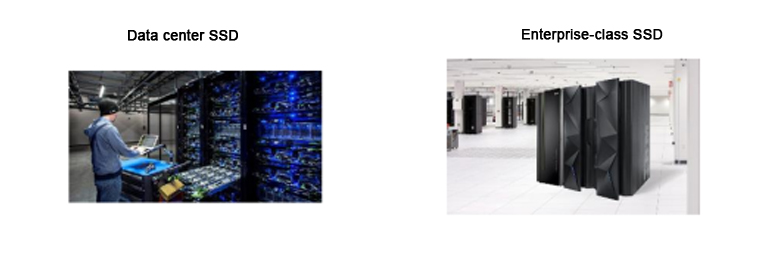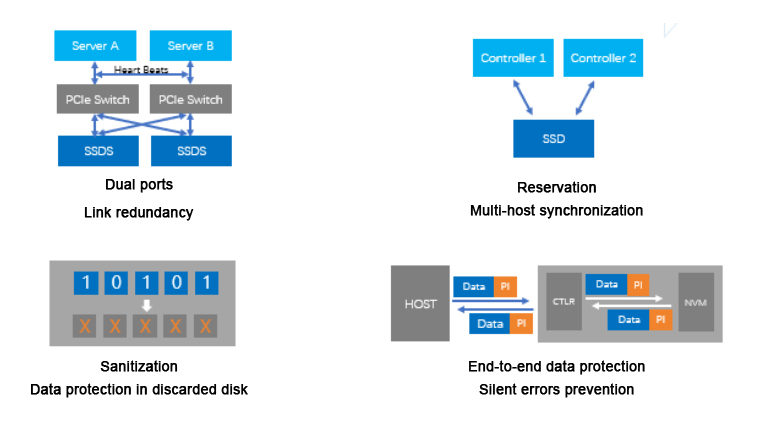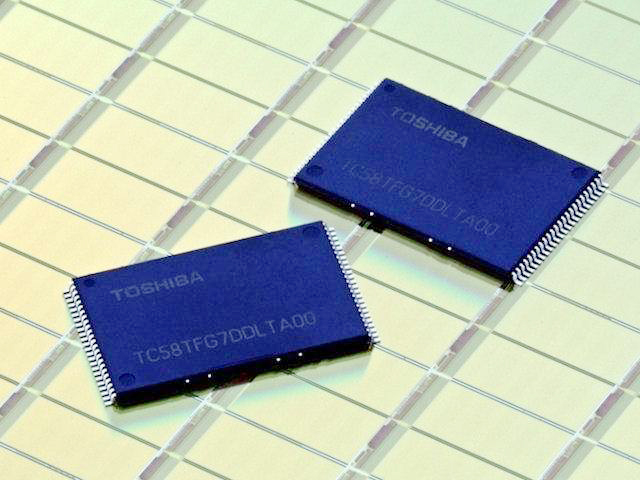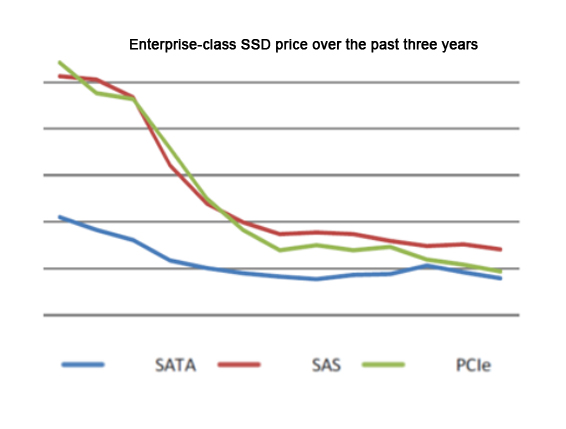Interesting argument of data center SSD

How do you understand it? Anyway, I am puzzled. Does data center SSD not belong to enterprise-class SSD? Is there a personal data center SSD? When it comes to data center SSD, does it represent enterprise-class SSD? Data center room has rare relationships with personal and consumer products, right?
Another puzzling statement is why NVMe can replace SAS? According to my understanding, NVMe is a storage protocol standard for SSD. NVMe SSD utilizes PCle mode to connect traditional SCSI protocol, also known as PCle SSD. However, SAS SSD mostly uses SAS connection, which is a serial bus connection mode. That is, NVMe compares with SCSI, while PCIe compares with SAS/SATA.
What is the core issue of NVMe comparable to SAS? What Membalze wants to express?
Memblaze sponsored Global Storage Semicon & Flash Memory Technology Summit in 2018. Zhang Taile, vice president of products, delivered a speech entitled "Key Technologies of Enterprise-class SSD", which addressed the above issues.
The so-called data center SSD refers to data center demand represented by Internet enterprises, and its typical application is characterized by distributed application.
The considerations for SSD in Internet enterprise data center are mainly cost and supply guarantee. Its system is typical of horizontal expansion. Therefore, when selecting SSD, NVMe U.2 is major, and NVMe M.2 is acceptable.
In fact, it is also very easy to understand. Internet enterprise data centers are mainly based on x86 servers and it’s normal for them to choose NVMe SSD, when NVMe U.2 has become standard at present. Interestingly, NVMe M.2 is originally a consumer-class product. The reasons why Internet companies applied it to data centers are cost and capacity, that is, the cost of GB/$.
Do Internet enterprises not worry about quality, reliability and stability of NVMe M.2? Worry is certainly exiting but Internet enterprises can use powerful ability of distributed software to avoid the risk of low hardware reliability from the application layer.
Compared with Internet enterprises, traditional industries and enterprise users are different.
As a result of IT service outsourcing, traditional industries and enterprise users depend on technical supports of IT product suppliers, ISV and SI, popular with comprehensive solution. In terms of architecture, centralized application is major.
From centralized to distributed systems, traditional industries and enterprise users need some time. In the process of transformation, traditional systems need to be considered and compatible. There is a distinction between the so-called steady state and sensitive state in applications.
Traditional industries and enterprise users focus on high availability, compatibility, and reliability of centralized storage architecture. Therefore, when providing SSD design for enterprise users, these requirements should be fully taken into account.

So it is not difficult to understand why enterprise-class SSD should consider dual ports, multi-host synchronization, reserve capacity, end-to-end data protection, and sanitization. Sanitization means data destruction discussed by disk technology in the past. So can SSD provide software to completely eliminate data?
These are features required by a centralized storage environment. Compared with traditional industries and enterprise, Internet industry replaces these functional designs with distributed application software to avoid various problems.

In fact, it doesn’t make sense to argue about whether data center SSD belongs to enterprise-class SSD.
The core problem is actually design requirements for different application scenarios. Focus and demands are different in various applications.
What about NVMe comparable to SAS?
The core question is what type of SSD should be selected in traditional centralized application scenarios? Today, SAS SSD is the main. Compared with NVMe, there are still gaps in performance and delay in SAS SSD. The reason is very easy to understand. NVMe protocol is designed for SSD at the beginning, with low delay, while SAS SSD mostly utilizes SCSI protocol, with high latency.
However, SAS SSD also has its own advantages, such as good compatibility! It supports rich network protocols, and can be well compatible with FC, FCoE and iSCSI and so on. Nowadays, storage system manufacturers also use NVMe SSD in full flash array design, but more SAS SSD.
Will NVMe SSD become the mainstream of full flash array?
“Of course!”, Zhang Taile said.
As a staunch supporter of NVMe, Memblaze believes that NVMe SSD will replace SAS SSD as the mainstream.

This picture is very interesting!
Do you know why the price of PCIe SSD or NVMe SSD is closer to SATA SSD than SAS SSD?
SCSI protocol has a history of 40 years and it is mature and complex with many patents. If you don't pay attention to it, you will fall into the patent trap, which is not conducive to latecomers.
On the contrary, NVMe SSD is more open, so NVMe products are unprecedented prosperity, and its development is faster.
Openness defeats closure! This is the truth that has been tested by practice!
Do you agree that NVMe SSD is the mainstream in the future, not SAS?
